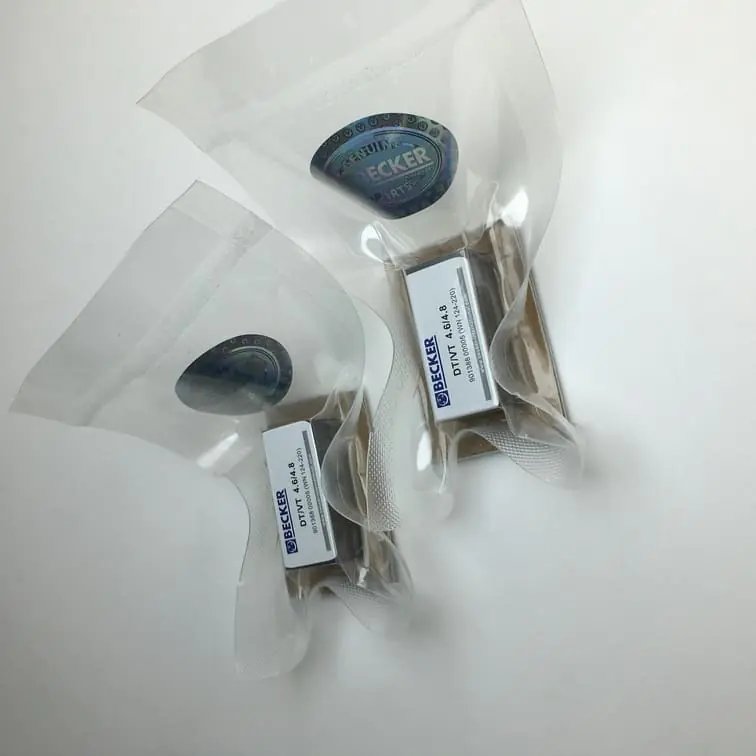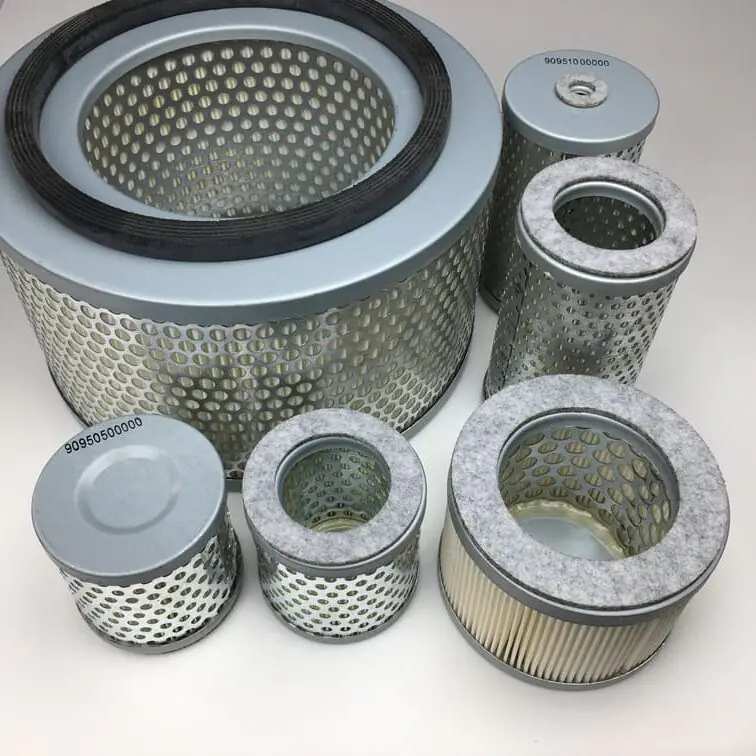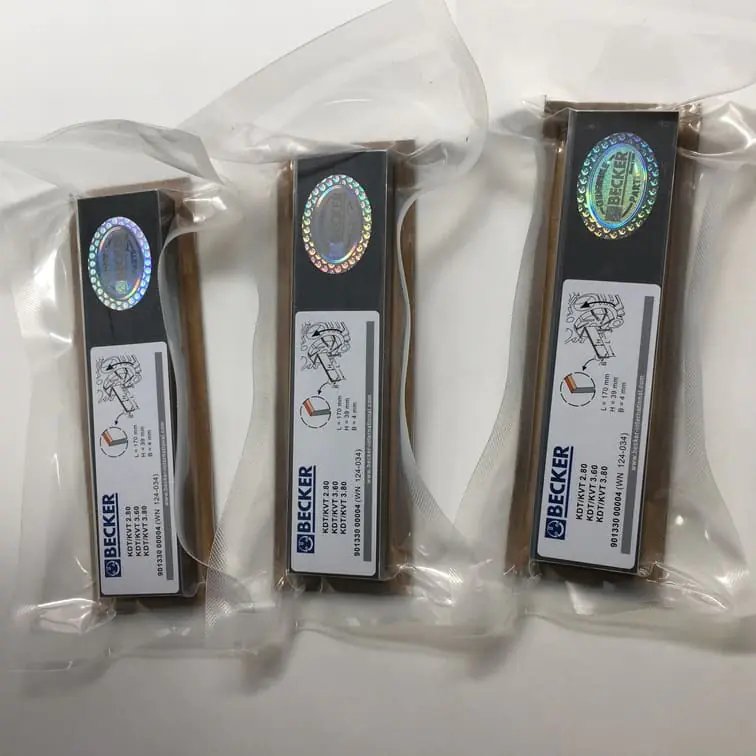How to Use Air Conditioner Vacuum Pump
An air conditioner vacuum pump is a crucial tool used during the installation and maintenance of HVAC systems. This tool helps remove air, moisture, and non-condensable gases from the air conditioning system to ensure optimal cooling performance. If you are working with air conditioning systems, understanding how to properly use a vacuum pump is essential. This guide will take you through everything you need to know, from setting up the pump to completing a successful evacuation. By the end, you will be equipped to use a vacuum pump efficiently and effectively.
Understanding the Role of a Vacuum Pump in Air Conditioning
The vacuum pump plays a pivotal role in ensuring the smooth functioning of an HVAC system. Air conditioners use a closed-loop refrigeration cycle that relies on refrigerant. Any air or moisture inside this closed system can significantly hinder its performance.
Why Is Vacuuming Important?
- Remove Moisture: Water or moisture inside the refrigerant lines can freeze and cause blockages.
- Remove Air and Non-Condensables: The presence of air can increase the pressure inside the system, leading to inefficiencies.
- Enhance Cooling Performance: Proper evacuation ensures the refrigerant can circulate without any restrictions, allowing for optimal heat transfer.
“Evacuating an air conditioning system is not an option but a necessity. A vacuum pump ensures no air or moisture compromises system performance.” – HVAC Specialist
Equipment Needed for Air Conditioner Vacuuming
To successfully vacuum an air conditioning system, gather the following tools:
| Equipment | Description |
|---|---|
| Vacuum Pump | Removes air and moisture from the system. |
| Manifold Gauge Set | Connects to the service ports and helps monitor pressure. |
| Vacuum Gauge | Measures the vacuum level achieved. |
| Service Hoses | Connects the pump to the manifold and air conditioning ports. |
Pro Tip: Always use high-quality gauge hoses and connectors to avoid leaks during the vacuuming process. Oil changes in the vacuum pump should be done regularly to ensure efficiency.
Step-by-Step Guide on Using an Air Conditioner Vacuum Pump
Step 1: Set Up the Manifold Gauge Set
- Attach the Hoses: Connect the low side gauge hose (typically blue) to the low-pressure service port on the air conditioning unit.
- Attach the High Side Gauge: Attach the high side gauge hose (typically red) to the high-pressure port.
- Vacuum Hose Connection: Connect the vacuum hose to the center port of the manifold gauge set and then attach it to the vacuum pump.
Note: Make sure all connections are tight to avoid any leaks during the vacuuming process.
Step 2: Start the Vacuum Pump
- Turn on the Vacuum Pump: Power on the vacuum pump and let it run. The goal is to achieve a vacuum level of 500 microns or below.
- Open the Side Gauges: Open both the low and high side gauge valves to allow the vacuum pump to draw the air and moisture out of the system.
- Monitor the Process: Use the vacuum gauge to monitor the system’s pressure. It should gradually fall as the vacuum pump removes air and moisture.
Key Tip: A proper vacuum should take between 30 minutes to an hour depending on the size of the HVAC system. It is crucial to allow enough time for the evacuation to be thorough.
Step 3: Achieving the Proper Vacuum Level
- Check the Vacuum Gauge: Ensure the vacuum gauge reads 500 microns or less. If it doesn’t reach this level, it indicates that there may be a leak or that the system is not adequately sealed.
- Hold the Vacuum: Once you reach the desired vacuum level, close the manifold gauge valves and turn off the vacuum pump. Leave the system under vacuum for 15-30 minutes to check if the pressure rises.
- Release the Vacuum: After ensuring there are no leaks, disconnect the vacuum pump and prepare to charge the system with refrigerant.
Warning: If the pressure rises significantly during the hold period, it suggests a leak or the presence of moisture that requires addressing.
The Importance of Vacuum Pump Oil
The oil in the vacuum pump plays an essential role in the efficiency of the evacuation process. It helps in creating a seal and removing contaminants. Here are some essential tips for maintaining the vacuum pump oil:
- Change Regularly: Replace the oil after every job or when it appears cloudy or contaminated.
- Use High-Quality Oil: Always use oil specifically formulated for vacuum pumps. This ensures better efficiency and a longer pump lifespan.
How to Check and Replace Oil
- Inspect the Oil Level: Before starting, check the oil fill cap to ensure the pump has sufficient oil.
- Replace if Needed: If the oil is low or appears milky, drain it and refill with new vacuum pump oil.
- Avoid Overfilling: Overfilled oil can cause the pump to operate inefficiently and reduce its lifespan.
Common Mistakes When Using a Vacuum Pump
1. Not Allowing Enough Time for Vacuuming
One of the most common mistakes is not running the vacuum pump for a long enough period. Shortening the evacuation process leaves moisture in the system, which can freeze and block the refrigerant flow.
- Suggested Time: Run the pump for at least 30 minutes or until reaching 500 microns or lower.
- Patience is Key: Giving enough time ensures complete removal of moisture and air.
2. Ignoring the Vacuum Gauge
Another frequent error is not properly monitoring the vacuum gauge. This device is critical to ensuring the system reaches the appropriate vacuum level.
- Proper Monitoring: Always check the gauge during the process.
- Leak Detection: If the gauge does not reach 500 microns, it may indicate a leak that needs addressing.
3. Using Old or Contaminated Vacuum Pump Oil
Using dirty or old oil can reduce the vacuum pump’s effectiveness.
- Replace Oil Regularly: Make it a habit to change the oil after each use.
- Check for Contamination: Oil that appears milky or discolored should be replaced.
Advantages of Using a Vacuum Pump in AC Systems
1. Ensures Maximum Efficiency
Proper evacuation ensures that the air conditioning system operates at peak efficiency. Moisture or air in the system can hinder the cooling performance, causing the compressor to work harder than necessary.
- Less Wear and Tear: Reduced strain on the compressor translates to a longer system life.
- Lower Energy Consumption: An air conditioner free of contaminants will consume less energy, leading to cost savings.
2. Prevents System Failures
Leaving moisture in an air conditioning system can lead to ice formation, blockages, or corrosion. Using a vacuum pump to properly evacuate the system helps prevent these problems.
- Avoid Costly Repairs: Proper evacuation saves money by preventing breakdowns.
- Enhances Refrigerant Performance: Removing non-condensables allows the refrigerant to absorb and release heat effectively.
Comparing HVAC Vacuum Pumps: Which One to Choose?
There are various types of vacuum pumps used in HVAC systems, and choosing the right one depends on your specific needs.
| Pump Type | Description |
|---|---|
| Single-Stage Vacuum Pump | Suitable for smaller systems, provides basic evacuation. |
| Two-Stage Vacuum Pump | More effective in achieving deeper vacuums, ideal for larger systems. |
| Oil-Free Vacuum Pump | Ideal for applications where contamination must be minimized. |
Pro Tip: For most air conditioning systems, a two-stage vacuum pump is preferable as it can achieve a lower ultimate vacuum, ensuring that moisture and air are effectively removed.
Internal Links for More Guidance
For additional information on related vacuum pump parts and components, explore the following resources on vacuumpumppart.com:
- 90138800005 | WN 124-220 Original Becker Set of 5 Vanes – Learn about maintaining your vacuum pump for enhanced efficiency.

- Becker Air Filters for HVAC Systems – Learn how air filters keep your HVAC vacuum systems clean and effective.
Frequently Asked Questions
1. How long should I run the vacuum pump on an air conditioning system?
Typically, a vacuum pump should run for 30 minutes to an hour. However, the duration may vary depending on the size and condition of the HVAC system.
2. What level of vacuum should I achieve?
For air conditioning systems, you should aim for a vacuum level of 500 microns or less to ensure proper evacuation of moisture and non-condensables.
3. How often should I change the vacuum pump oil?
You should change the vacuum pump oil after every use or if it appears cloudy or contaminated. Clean oil ensures optimal performance.
4. Can I use the vacuum pump for refrigerant recovery?
No, vacuum pumps are designed to remove air and moisture. For refrigerant recovery, you need a dedicated recovery machine.
5. How do I know if there is a leak in my AC system?
If the vacuum gauge reading rises significantly during the hold period after vacuuming, it indicates a potential leak that requires attention.
Conclusion
Using an air conditioner vacuum pump correctly is critical for ensuring the proper functioning of an HVAC system. This guide has outlined the process step-by-step, from setting up the manifold gauges to running the vacuum pump effectively. Achieving a 500-micron vacuum ensures that the system is free of air and moisture, promoting efficiency, reducing energy consumption, and extending the lifespan of the air conditioner.
For more information on vacuum pumps, accessories, and maintenance, visit vacuumpumppart.com. Investing in the right tools and using them correctly ensures that your air conditioning system performs optimally and lasts longer.





